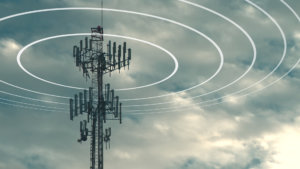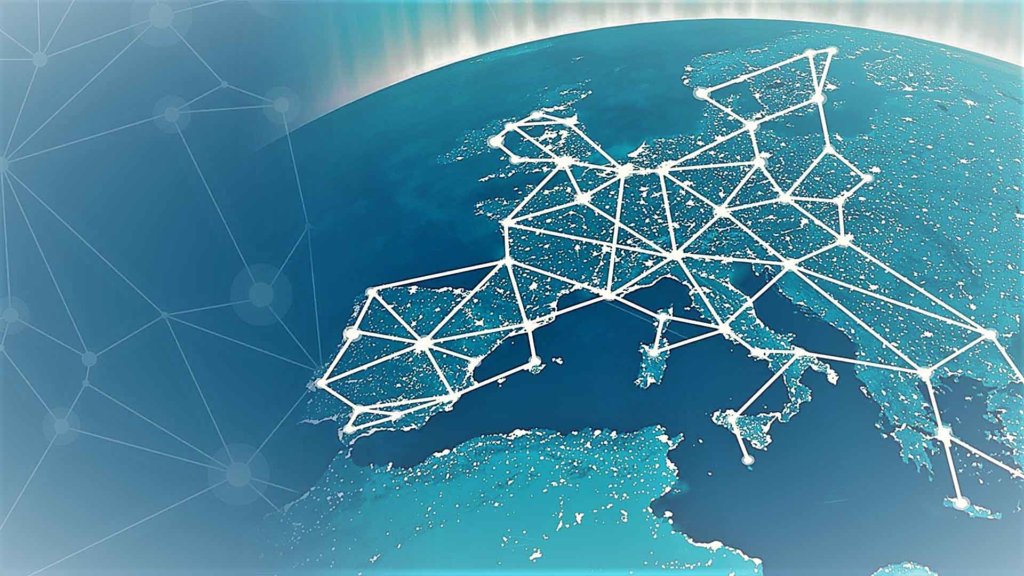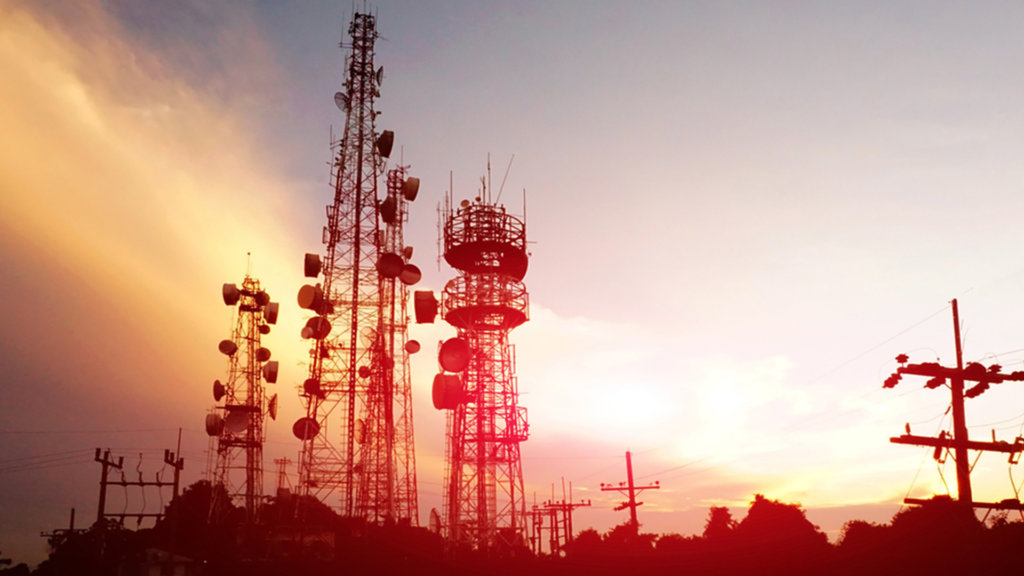
For Outstation Students, we are having online project classes both technical and coding using net-meeting software
For details, Call: 9886692401/9845166723
DHS Informatics providing latest 2021 – 2022 IEEE projects on Telecommunication projects for the final year engineering students. DHS Informatics trains all students in Telecommunication techniques to develop their project with good idea what they need to submit in college to get good marks. DHS Informatics offers placement training in Telecommunication at Bangalore and the program name is OJT – On Job Training, job seekers as well as final year college students can join in this placement training program and job opportunities in their dream IT companies. We are providing IEEE projects for B.E / B.TECH, M.TECH, MCA, BCA, DIPLOMA students from more than two decades.
IEEE TELECOMMUNICATION PROJECTS (2021 – 2022)
DHS Informatics believes in students’ stratification, we first brief the students about the technologies and type of Telecommunication projects and other domain projects. After complete concept explanation of the IEEE Telecommunication projects, students are allowed to choose more than one IEEE Telecommunication projects for functionality details. Even students can pick one project topic from Telecommunication and another two from other domains like Telecommunication, image process, information forensic, big data, and Telecommunication, block chain etc. DHS Informatics is a pioneer institute in Bangalore / Bengaluru; we are supporting project works for other institute all over India. We are the leading final year project centre in Bangalore / Bengaluru and having office in five different main locations Jayanagar, Yelahanka, Vijayanagar, RT Nagar & Indiranagar.
We allow the ECE, CSE, ISE final year students to use the lab and assist them in project development work; even we encourage students to get their own idea to develop their final year projects for their college submission.
DHS Informatics first train students on project related topics then students are entering into practical sessions. We have well equipped lab set-up, experienced faculties those who are working in our client projects and friendly student coordinator to assist the students in their college project works.
We appreciated by students for our Latest IEEE projects & concepts on final year Telecommunication projects for ECE, CSE, and ISE departments.
Latest IEEE 2020 – 2021 projects on Telecommunication with real time concepts which are implemented using Java, MATLAB, and NS2 with innovative ideas. Final year students of computer Telecommunication, computer science, information science, electronics and communication can contact our corporate office located at Jayanagar, Bangalore for Telecommunication project details.
TELECOMMUNICATION

Telecommunication is the transmission of signs, signals, messages, words, writings, images and sounds or information of any nature by wire, radio, optical or electromagnetic systems. Telecommunication occurs when the exchange of information between communication participants includes the use of technology. It is transmitted either electrically over physical media, such as cables, or via electromagnetic radiation. Such transmission paths are often divided into communication channels which afford the advantages of multiplexing. Since the Latin term communication is considered the social process of information exchange, the term telecommunications is often used in its plural form because it involves many different technologies.
Early means of communicating over a distance included visual signals, such as beacons, smoke signals, semaphore telegraphs, signal flags, and optical heliographs. Other examples of pre-modern long-distance communication included audio messages such as coded drumbeats, lung-blown horns, and loud whistles. 20th and 21st century technologies for long-distance communication usually involve electrical and electromagnetic technologies, such as telegraph, telephone, and teleprinter, networks, radio, microwave transmission, fiber optics, and communications satellites.
A revolution in wireless communication began in the first decade of the 20th century with the pioneering developments in radio communications by Guglielmo Marconi, who won the Nobel Prize in Physics in 1909, and other notable pioneering inventors and developers in the field of electrical and electronic telecommunications. These included Charles Wheatstone and Samuel Morse (inventors of the telegraph), Alexander Graham Bell (inventor of the telephone), Edwin Armstrong and Lee de Forest (inventors of radio), as well as Vladimir K. Zworykin, John Logie Baird and Philo Farnsworth (some of the inventors of television).
Basic Elements
Telecommunication technologies may primarily be divided into wired and wireless methods. Overall though, a basic telecommunication system consists of three main parts that are always present in some form or another:
- A transmitter that takes information and converts it to a signal.
- A transmission medium, also called the physical channel that carries the signal. An example of this is the “free space channel”.
- A receiver that takes the signal from the channel and converts it back into usable information for the recipient.
For example, in a radio broadcasting station the station’s large power amplifier is the transmitter; and the broadcasting antenna is the interface between the power amplifier and the “free space channel”. The free space channel is the transmission medium; and the receiver’s antenna is the interface between the free space channel and the receiver. Next, the radio receiver is the destination of the radio signal, and this is where it is converted from electricity to sound for people to listen to.
Sometimes, telecommunication systems are “duplex” (two-way systems) with a single box of electronics working as both the transmitter and a receiver, or a transceiver. For example, a cellular telephone is a transceiver. The transmission electronics and the receiver electronics within a transceiver are actually quite independent of each other. This can be readily explained by the fact that radio transmitters contain power amplifiers that operate with electrical powers measured in watts or kilowatts, but radio receivers deal with radio powers that are measured in the microwatts or nanowatts. Hence, transceivers have to be carefully designed and built to isolate their high-power circuitry and their low-power circuitry from each other, as to not cause interference.
Telecommunication over fixed lines is called point-to-point communication because it is between one transmitter and one receiver. Telecommunication through radio broadcasts is called broadcast communication because it is between one powerful transmitter and numerous low-power but sensitive radio receivers.
Telecommunications in which multiple transmitters and multiple receivers have been designed to cooperate and to share the same physical channel are called multiplex systems. The sharing of physical channels using multiplexing often gives very large reductions in costs. Multiplexed systems are laid out in telecommunication networks, and the multiplexed signals are switched at nodes through to the correct destination terminal receiver.
Analog versus digital Communications
Communications signals can be sent either by analog signals or digital signals. There are analog communication systems and digital communication systems. For an analog signal, the signal is varied continuously with respect to the information. In a digital signal, the information is encoded as a set of discrete values (for example, a set of ones and zeros). During the propagation and reception, the information contained in analog signals will inevitably be degraded by undesirable physical noise. (The output of a transmitter is noise-free for all practical purposes.) Commonly, the noise in a communication system can be expressed as adding or subtracting from the desirable signal in a completely random way. This form of noise is called additive noise, with the understanding that the noise can be negative or positive at different instants of time. Noise that is not additive noise is a much more difficult situation to describe or analyze, and these other kinds of noise will be omitted here.
On the other hand, unless the additive noise disturbance exceeds a certain threshold, the information contained in digital signals will remain intact. Their resistance to noise represents a key advantage of digital signals over analog signals.
Telecommunication Networks
A telecommunications network is a collection of transmitters, receivers, and communications channels that send messages to one another. Some digital communications networks contain one or more routers that work together to transmit information to the correct user. An analog communications network consists of one or more switches that establish a connection between two or more users. For both types of network, repeaters may be necessary to amplify or recreate the signal when it is being transmitted over long distances. This is to combat attenuation that can render the signal indistinguishable from the noise. Another advantage of digital systems over analog is that their output is easier to store in memory, i.e. two voltage states (high and low) are easier to store than a continuous range of states.
Communication channels
The term “channel” has two different meanings. In one meaning, a channel is the physical medium that carries a signal between the transmitter and the receiver. Examples of this include the atmosphere for sound communications, glass optical fibers for some kinds of optical communications, coaxial cables for communications by way of the voltages and electric currents in them, and free space for communications using visible light, infrared waves, ultraviolet light, and radio waves. Coaxial cable types are classified by RG type or “radio guide”, terminology derived from World War II. The various RG designations are used to classify the specific signal transmission applications. This last channel is called the “free space channel”. The sending of radio waves from one place to another has nothing to do with the presence or absence of an atmosphere between the two. Radio waves travel through a perfect vacuum just as easily as they travel through air, fog, clouds, or any other kind of gas.
The other meaning of the term “channel” in telecommunications is seen in the phrase communications channel, which is a subdivision of a transmission medium so that it can be used to send multiple streams of information simultaneously. For example, one radio station can broadcast radio waves into free space at frequencies in the neighborhood of 94.5 MHz (megahertz) while another radio station can simultaneously broadcast radio waves at frequencies in the neighborhood of 96.1 MHz. Each radio station would transmit radio waves over a frequency bandwidth of about 180 kHz (kilohertz), centered at frequencies such as the above, which are called the “carrier frequencies”. Each station in this example is separated from its adjacent stations by 200 kHz, and the difference between 200 kHz and 180 kHz (20 kHz) is an engineering allowance for the imperfections in the communication system.
In the example above, the “free space channel” has been divided into communications channels according to frequencies, and each channel is assigned a separate frequency bandwidth in which to broadcast radio waves. This system of dividing the medium into channels according to frequency is called “frequency-division multiplexing”. Another term for the same concept is “wavelength-division multiplexing”, which is more commonly used in optical communications when multiple transmitters share the same physical medium.
Another way of dividing a communications medium into channels is to allocate each sender a recurring segment of time (a “time slot”, for example, 20 milliseconds out of each second), and to allow each sender to send messages only within its own time slot. This method of dividing the medium into communication channels is called “time-division multiplexing” (TDM), and is used in optical fiber communication. Some radio communication systems use TDM within an allocated FDM channel. Hence, these systems use a hybrid of TDM and FDM.
Modulation
The shaping of a signal to convey information is known as modulation. Modulation can be used to represent a digital message as an analog waveform. This is commonly called “keying” – a term derived from the older use of Morse Code in telecommunications – and several keying techniques exist (these include phase-shift keying, frequency-shift keying, and amplitude-shift keying). The “Bluetooth” system, for example, uses phase-shift keying to exchange information between various devices. In addition, there are combinations of phase-shift keying and amplitude-shift keying which is called (in the jargon of the field) “quadrature amplitude modulation” (QAM) that are used in high-capacity digital radio communication systems.
Modulation can also be used to transmit the information of low-frequency analog signals at higher frequencies. This is helpful because low-frequency analog signals cannot be effectively transmitted over free space. Hence the information from a low-frequency analog signal must be impressed into a higher-frequency signal (known as the “carrier wave”) before transmission. There are several different modulation schemes available to achieve this [two of the most basic being amplitude modulation (AM) and frequency modulation(FM)]. An example of this process is a disc jockey’s voice being impressed into a 96 MHz carrier wave using frequency modulation (the voice would then be received on a radio as the channel “96 FM”). In addition, modulation has the advantage that it may use frequency division multiplexing (FDM).
Many countries have enacted legislation which conforms to the International Telecommunication Regulations established by the International Telecommunication Union (ITU), which is the “leading UN agency for information and communication technology issues.” In 1947, at the Atlantic City Conference, the ITU decided to “afford international protection to all frequencies registered in a new international frequency list and used in conformity with the Radio Regulation.” According to the ITU’s Radio Regulations adopted in Atlantic City, all frequencies referenced in the International Frequency Registration Board, examined by the board and registered on the International Frequency List “shall have the right to international protection from harmful interference.”
From a global perspective, there have been political debates and legislation regarding the management of telecommunication and broadcasting. The history of broadcasting discusses some debates in relation to balancing conventional communication such as printing and telecommunication such as radio broadcasting. The onset of World War II brought on the first explosion of international broadcasting propaganda. Countries, their governments, insurgents, terrorists, and militiamen have all used telecommunication and broadcasting techniques to promote propaganda. Patriotic propaganda for political movements and colonization started the mid-1930s. In 1936, the BBC broadcast propaganda to the Arab World to partly counter similar broadcasts from Italy, which also had colonial interests in North Africa.
Modern insurgents, such as those in the latest Iraq War, often use intimidating telephone calls, SMSs and the distribution of sophisticated videos of an attack on coalition troops within hours of the operation. “The Sunni insurgents even have their own television station, Al-Zawraa, which while banned by the Iraqi government, still broadcasts from Erbil, Iraqi Kurdistan, even as coalition pressure has forced it to switch satellite hosts several times.”



